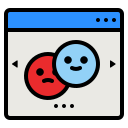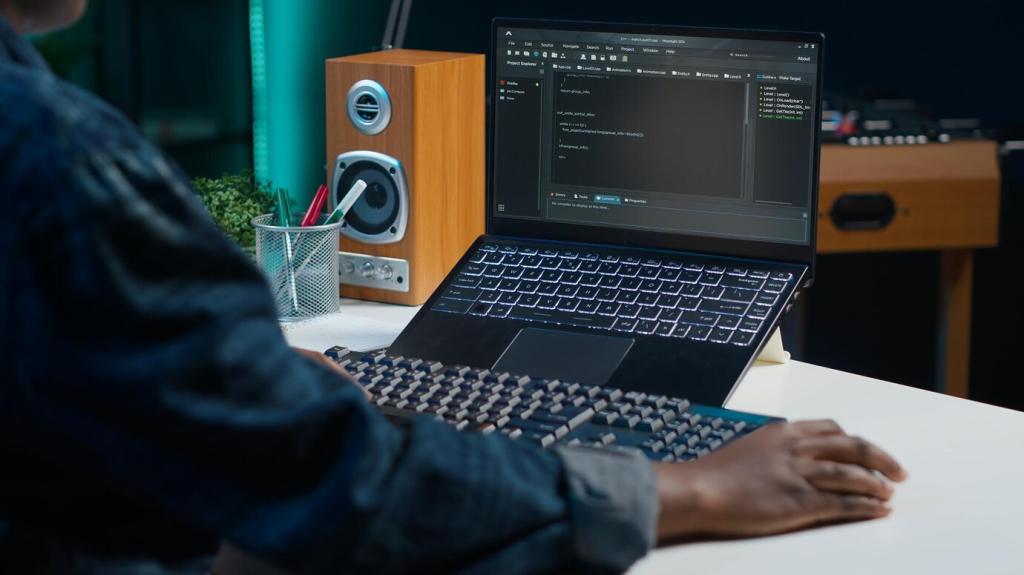What Low-Code/No-Code Really Means
Low-code uses visual builders with optional scripting, while no-code leans on prebuilt components and logic. Both reduce complexity, compress timelines, and let you focus on outcomes. How do you define them at your company? Share your take below.
What Low-Code/No-Code Really Means
Many journeys begin with a spreadsheet that grows into a database-powered app. Visual data models, drag-and-drop logic, and connectors help you evolve gradually. Tell us where you are on the spectrum and what you want to build next.






